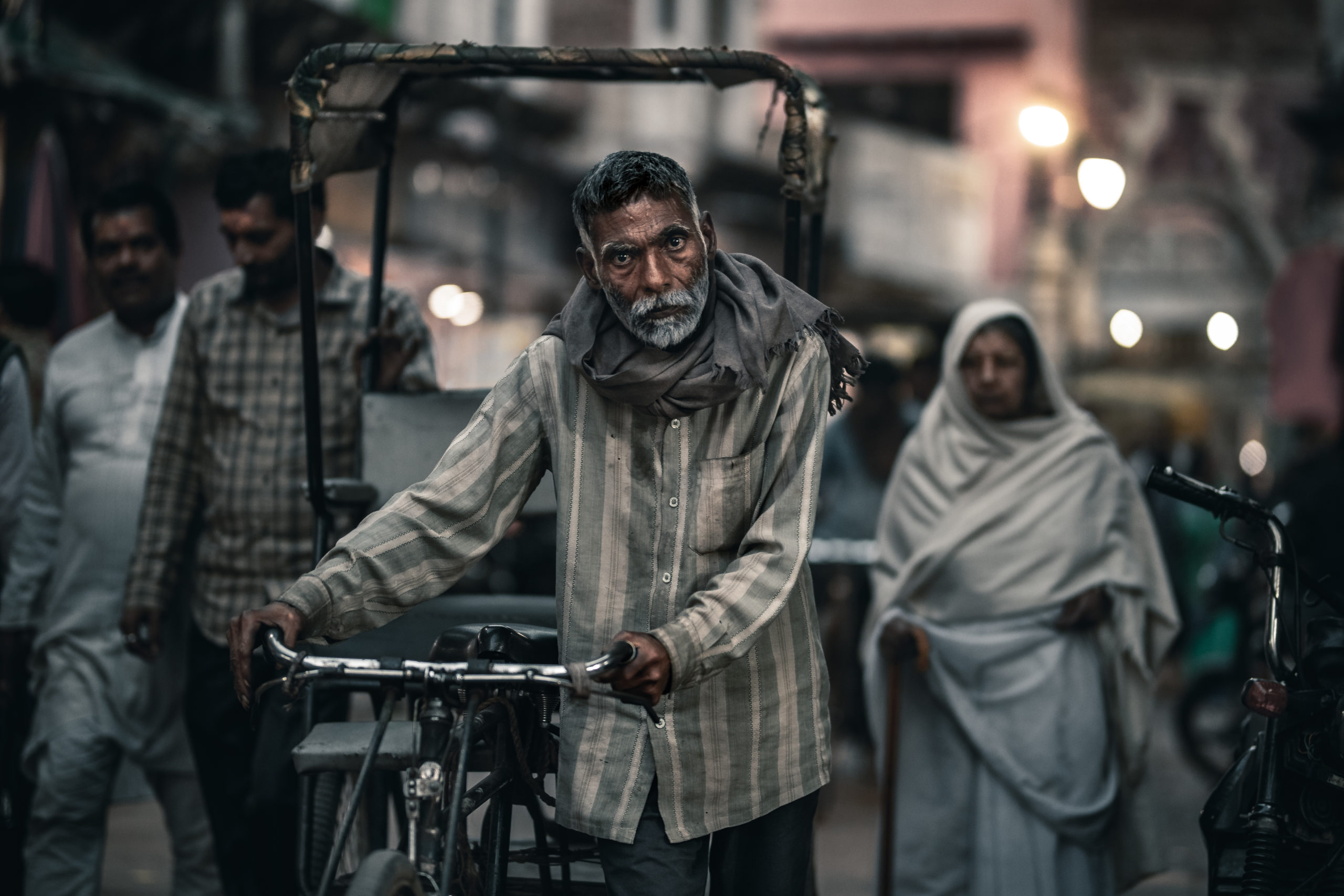Street Photographers for Dummies
Street Photographers for Dummies
Blog Article
The Of Street Photographers
Table of ContentsThe 2-Minute Rule for Street PhotographersThe smart Trick of Street Photographers That Nobody is Talking About4 Easy Facts About Street Photographers DescribedHow Street Photographers can Save You Time, Stress, and Money.The Facts About Street Photographers Uncovered
A genre of digital photography that records daily life in a public area. The actual publicness of the setup enables the photographer to take honest photos of unfamiliar people, usually without their expertise. Street photographers do not always have a social function in mind, but they prefer to separate and capture minutes which may or else go unnoticed (Street Photographers).He was affected by numerous of those who affected the street digital photographers of the 1950s and '60s, he was not mainly interested in catching the spirit of the street., who worked side by side with digital photographers trying to capture the essence of urban life.
While the digital photographers' topic was basically the exact same, the results were noticeably various, demonstrating the impact of the photographer's intent on the personality of the photos he produced.
Provided the great high quality of his photographs and the breadth of material, engineers and artists commonly acquired Atget's prints to use as reference for their own work, though industrial rate of interests were rarely his major inspiration. Rather, he was driven to photograph every last remnant of the Paris he loved. The mingled passion and urgency of his mission shine through, resulting in photographs that narrate his own experience of the city, qualities that anticipated street digital photography of the 20th century.
Some Of Street Photographers
They disclose the city with his eyes. His job and essential understanding of photography as an art kind functioned as ideas to generations of professional photographers that complied with. The following generation of street photographers, though they likely did not describe themselves because of this, was introduced by the photojournalism of Hungarian-born professional photographer Andr Kertsz.
Unlike his peers, Brassa utilized a larger-format Voigtlnder camera with a longer direct exposure time, requiring him to be more computed and thoughtful in his technique than he may have been if making use of a Leica. (It is believed that he might not have had the ability to afford a Leica during that time, yet he did, nevertheless, make use of one in the late 1950s to take colour photographs.) Brassa's pictures of the Paris underworld lit up by artificial light were a revelation, and the collection of the series that he published, (1933 ), was a significant success.
Cartier-Bresson was a champion of the Leica cam and among the initial digital photographers to maximize its capacities. The Leica allowed the digital photographer to interact with the surroundings and to catch minutes as they happened. Its relatively little dimension additionally aided the photographer fade into the background, which was Cartier-Bresson's favored have a peek at this website strategy.
Little Known Facts About Street Photographers.
It is due to this basic understanding of the art of image taking that he is usually credited with finding the tool around once more roughly a century considering that its innovation. He took photos for more than a half century and affected generations of photographers to trust their eye and instinct in the minute.
These are the concerns I will try to respond to: And afterwards I'll leave you with my own interpretation of street photography. Yes, we do. Allow's begin with specifying what a meaning is: According to (Street Photographers) it is: "The act of specifying, or of making something certain, distinct, or clear"
No, definitely not. The term is both restricting and deceiving. Sounds like a road photography should be images of a roads best?! And all road professional photographers, with the exception of a handful of outright beginners, will totally appreciate that a road is not the essential component to road photography, and in fact if it's a picture of a road with perhaps a few monotonous people not doing anything of passion, that's not road digital photography that's a snapshot of a street.
About Street Photographers
He makes a legitimate factor don't you believe? While I agree with him I'm not certain "candid public photography" will catch on (although I do kind of like the term "candid digital photography") because "street photography" has been around for a long time, with numerous masters' names affixed to it, so I believe the term is below to remain (Street Photographers).
You can shoot at the coastline, at a festival, Check This Out in an alley, in a park, in a piazza, in a cafe, at a gallery or art gallery, in a metro terminal, at an event, on a bridge, under a bridge ...
Yes, I'm this afraid we terrified no choice! Without regulations we can not have a meaning, and without a definition we don't have a genre, and without a category we do not have anything to specify what we do, and so we are stuck in a "rules meaning category" loophole!
Some Of Street Photographers

Report this page